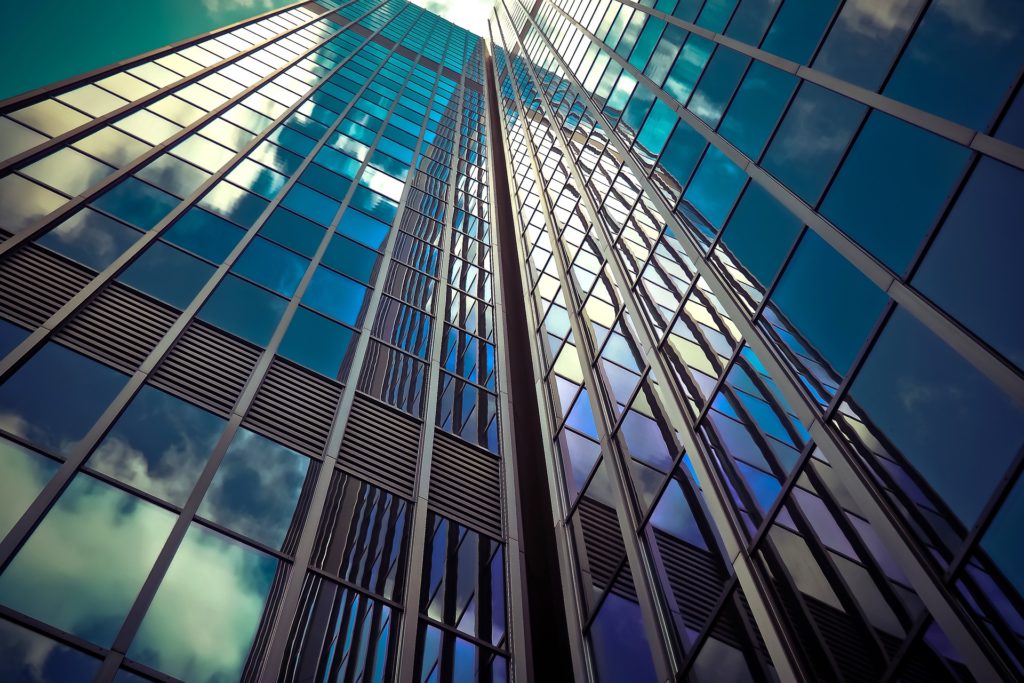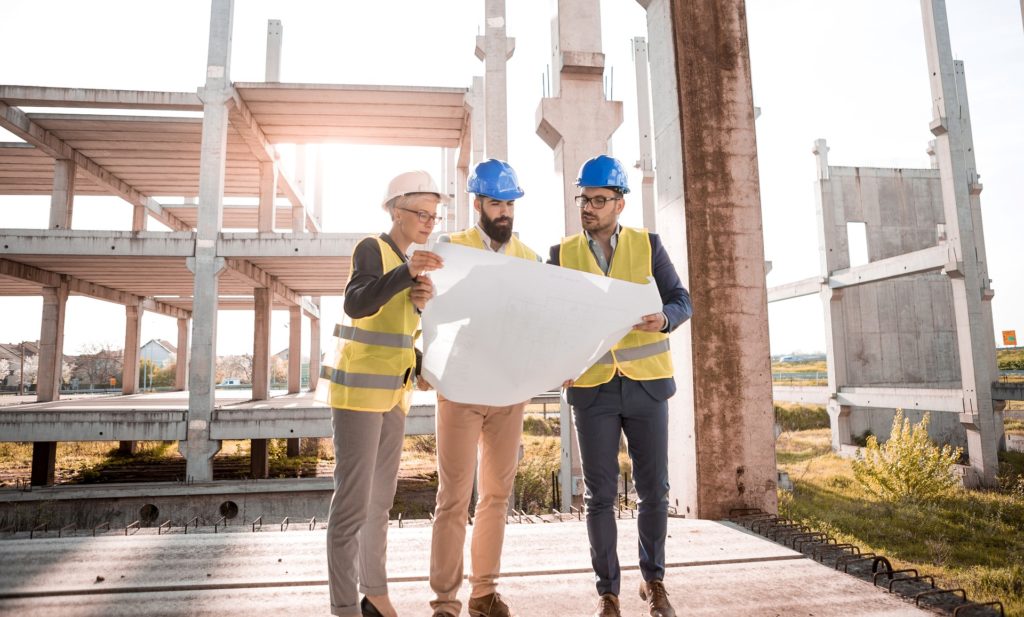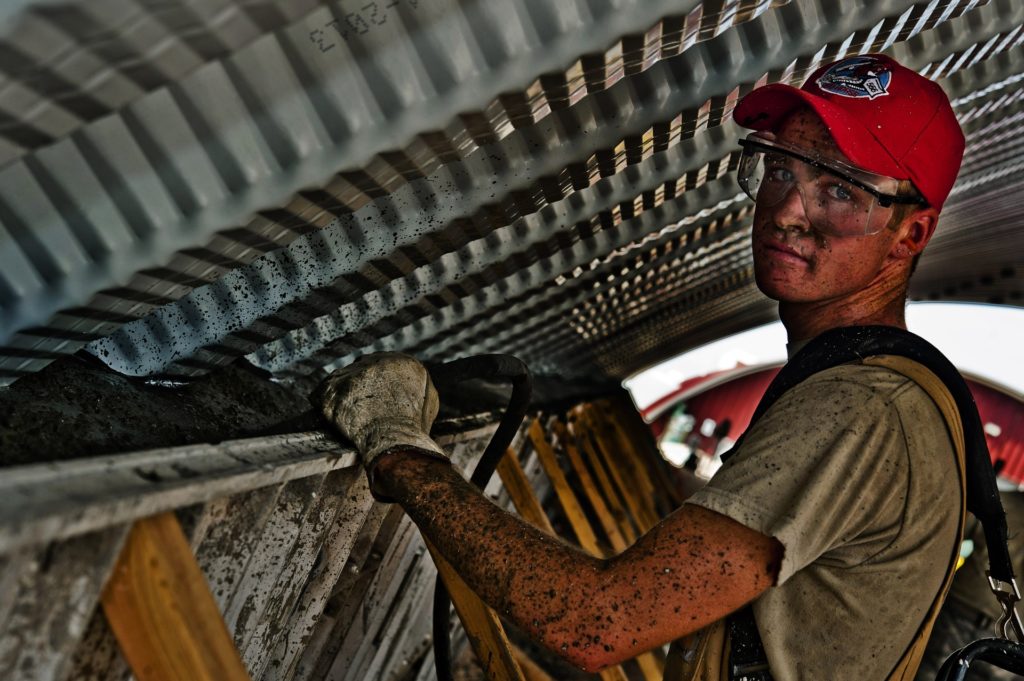
What is a Facade Audit?
The facade is simply one exterior side of a building. The term is usually used to refer to the front side of a building. Even if the face typically faces on to a street or open space and is responsible for the aesthetic appeal of a structure, it is important to remember that facades are one of the most complex components of a building. Hence, it is logical to see the facade as a reflection of the work and brand identity of not only the developers but also of the architects. Since they have conceived the project and brought it into existence, any failure in the facade can harm their reputation.
To avoid huge loss and material waste, building facades must be carefully designed. But, unlike concrete, this industry is continuously growing and innovating. This is because the volume of past data and information is limited. Hence, a large quantity of experimentation has to be conducted on the construction site itself. And with these experiments comes a certain amount of risks. This is where facade auditing comes in. This is where facade auditing comes in.
Facade audits, also known as facade forensics, involve diagnosing the design at a micro-level. This specialized service is emerging because experiments have shown that the constant exposure to natural elements and pollutants weakens the materials used within the facades. As these elements wear out the materials, the risks of facade failure increase drastically. It is, therefore, understandable why an expert, such as an engineer, should be brought in for the inspection of the facade: It is a highly technical and complex process that requires the inspector to have extensive knowledge and experience. Without understanding every element and every micro-detail of the design, the auditor will not be able to carry a thorough inspection.
When Should a Facade Audit Be Conducted?

Simply put, a facade audit is conducted to detect any weak links that there may be in the design. The report will then suggest a list of improvements that will need to be implemented if the developer does not want a disaster to occur. Unless these proposals are implemented in a timely manner, there is a possibility that the facade fails and endangers not only the lives of the people living or working in the building but also the life of anyone close to the building at the moment of the catastrophe.
The audit shouldn’t be conducted at the end of the project. Instead, it should be conducted in stages, so that the potential reasons for failures are detected very early on. This will enable the developer and architects involved in the project to take corrective measures at the right time. Since the causes for failure are diverse, audits conducted at the various stages will ensure the complete removal of any damaging weakness.
Stage 1 of the audit

The first stage of the audit starts only after design drawings, calculations and thermal models have been produced. Generally, subcontractors are responsible for producing these drawings and calculations. The facade audit team can, then, step in to conduct a full technical design audit of the contractor’s designs. The team should have an audit consultant who will be responsible for reviewing the drawings. This audit consultant will check these drawings to ensure that the designs not only conform to the client’s specification and requirements, but that the designs also meet all the technical and performance requirements of the project. In addition to the design, this stage also requires that the consultant reviews the suitability and adaptability of the substructure of the facade.
Why is it important?
Through this review, the developers, architects and any other relevant decision-makers involved in the construction project will be able to understand the minute details in a facade. This ensures that they make informed decisions when they invite quotes.
If they are not privy to every little detail of the facade, they might end up budgeting for less than the amount required. This will result in compromising on quality because the contractors have to squeeze the cost to fit the budget. Hence, an audit of the design before the finalization of the project ensures that the design and budget are altered accordingly to not compromise the safety and integrity of the design that can go unchecked until it’s too late.
Stage 2 of the audit

The second stage of the audit starts once the construction project is in progress. The facade contractor will have someone from their audit team check the materials that are being used in the project. These materials will have to conform to those mentioned in the tender and design codes.
Stage 3 of the audit
This happens at the end of the project. Once the project is completed, an audit must be conducted to ensure that everything conforms to the initial design and does not deviate in any way from it.



















